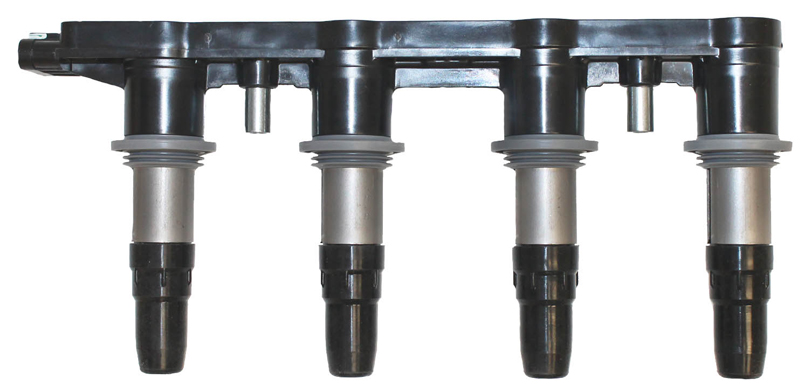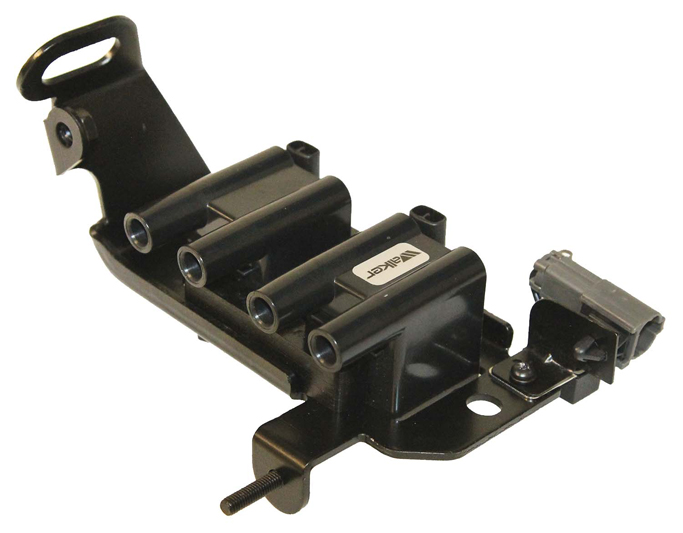In today’s ever-evolving aftermarket, we find ourselves continuously adapting to new technologies. The increased complexity within the vehicle’s computer systems has forced even the most technically savvy car owner to consult a professional technician for what used to be relatively easy maintenance. In fact, diagnosing these high- tech vehicles can even prove to be a challenging process for well- trained technicians. Walker Products explains more.
When diagnosing vehicles, a commonly overlooked problem can be related to the ignition system and its components. The ignition system is a key aspect of the internal combustion engine. Without a properly functioning ignition system, you can expect the following: a reduction in power and fuel economy, rough idling, or even refusal to start and run. For a vehicle that’s exhibiting these symptoms, look to the ignition system to begin performing a diagnosis.

A great starting point when troubleshooting issues with the ignition system is the spark plug wires or coil boots. Visually inspect these for any cracks, brittleness, or burn marks that would indicate a faulty component. A more in-depth test would be performing a resistance check, by using a multimeter to ensure your spark plug wires all have equivalent ohm/ft resistance readings. A multimeter can be used to identify the ohm value by touching the prongs to each end of the spark plug wire. With this, you will divide your ohm measurement by your length measurement and multiply by 12. This will give you the ohm/ft value, as shown in this example: 625mm/25.4 = 25”; (3,000Ω/25”)*12 = 1,440 ohm/ft.
The goal of this procedure is to ensure that all individual spark plug wires measure the same resistance. Variations in these measurements will cause inconsistent firing for each cylinder. These tests are part of the strict standards in Walker Products’ ThunderCore Ignition Wire programme to meet and exceed OE specifications.
After checking and testing the spark plug wires, the next step would be to check the spark plugs themselves. It’s not uncommon for these to be overlooked, but carbon, oil and fuel residue naturally builds up on the spark plugs over time. This will cause their efficiency to drop off significantly as they are not able to produce the necessary spark to properly ignite the air-fuel mixture. Making sure they’re gapped correctly, free of oil, carbon residue, and free of any fractures in the ceramic should be your key checking points.

Lastly, it is crucial to inspect the lifeline of the ignition system – the ignition coil. This process can prove to be challenging at times, especially on applications that utilise coil-on-plug (COP) technologies. COP applications have a range of two to 16 individual coils. Ignition coils should be visually inspected for burns or cracks – an obvious sign of failure. A continuity test can also be performed to determine if the connectivity of internal components within the coil itself are intact. Lastly, a spark meter can be used to measure the output of the ignition coil – this would identify a weak or failed part based on the spark testing tool requirements. Should the ignition coil fail any of these tests, it is recommended that you find a replacement that meets and exceeds OE specifications – just as you would find in Walker Products’ ThunderSpark Ignition Coil programme.










